Challenging TB Worldwide
Challenge TB was a flagship global mechanism for implementing USAID’s TB strategy as well as contributing to TB/HIV activities under the U.S. President’s Emergency Plan for AIDS Relief (PEPFAR). USAID Bureau for Global Health was building and expanding upon previous successful TB control programs which began in 2000. Between 2015-2019, Challenge TB collaborated with other national and international initiatives in providing global leadership and support for national TB control efforts.
Tuberculosis Facts and Figures (2018):
An estimated 10 million people were newly infected with TB
TB caused an estimated 1.2 million deaths among HIV-negative people
251,000 people with TB/HIV also died
An estimated 1 million children acquired TB
205,000 children died from TB
An estimated 500,000 people developed rifampicin-resistant TB
Around 78% of these people have multidrug-resistant TB
Of the estimated 10 million new TB cases only 7 million were actually diagnosed.
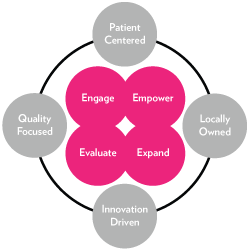
Challenge TB Strategies & Principles
The Challenge TB partners operated using a framework which had four strategies:
Engage stakeholders, including national TB programs, new partners and individuals, and especially youth.
Empower key decision-makers, people affected by TB, and marginalized and vulnerable populations.
Evaluate interventions, measure quality, develop evidence, and implement best practices.
Expand on the provider and service range, and remove barriers to access.
In addition, there were four principles to which Challenge TB partners were committed: quality-focused deliverables and technical assistance; locally owned and generated innovations, research and solutions; innovative approaches, technologies, tools and thinkers; and a patient-centered focus throughout our work.
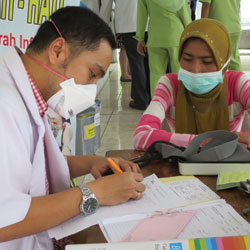
Objectives & Intervention Areas
Challenge TB had three objectives, each with several focus areas for interventions:
Objective 1: Improved access to high-quality patient-centered TB, DR-TB & TB/HIV services
By improving the enabling environment
By ensuring a comprehensive, high quality diagnostic network
By strengthening patient-centered care and treatment.
Objective 2: Prevent transmission and disease progression
By targeted screening for active TB
By implementing infection control measures
By managing latent TB infection.
Objective 3: Strengthen TB service delivery platforms
By enhancing political commitment & leadership
By strengthening drug & commodity management systems
By ensuring quality data, surveillance, and monitoring & evaluation
By supporting human resource development
By building comprehensive partnerships & informed community engagement.
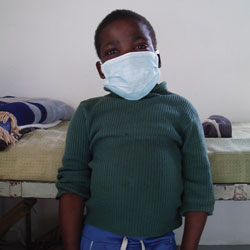
What did Challenge TB do?
Challenge TB contributed to the WHO End TB Strategy targets:
Vision: A world free of TB
Goal: To end the global TB epidemic
By 2025: A 75% reduction in TB deaths (compared with 2015) and less than 50 cases per 100,000 population.
Global Fund:
Challenge TB assists countries with the full Global Fund life cycle, from epi-analysis and national strategic plans to concept notes and full implementation.
Overarching:
Challenge TB is a cost-effective and efficient mechanism with a particular emphasis on reaching out to vulnerable communities. It assists countries to move towards universal access through a patient-centered approach that identifies and addresses the needs of all patients including women and children.
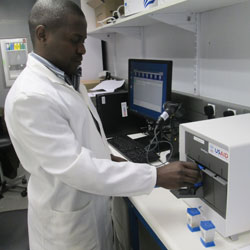
Who implemented Challenge TB?
Challenge TB was led by KNCV Tuberculosis Foundation, who also led USAID’s previous TB control projects: TB CARE I (2010-2015), TB CAP (2005-2010) and TBCTA (2000-2005).
Challenge TB was implemented by a unique coalition of nine international organizations in TB control
Led and managed by:
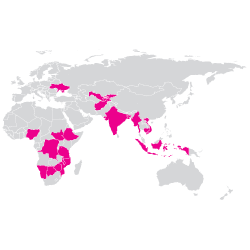
Where Did Challenge TB Work?
Challenge TB worked in 24 countries in Eastern Europe, Central Asia, East Asia, and Africa:
Eastern Europe
Ukraine
Central Asia
Afghanistan, Kyrgyzstan, Tajikistan, Turkmenistan, and Uzbekistan
East Asia
Bangladesh, Cambodia, India, Indonesia, Burma, and Vietnam
Africa
Botswana, DR Congo, East Africa Region, Ethiopia, Malawi, Mozambique, Namibia, Nigeria, South Sudan, Tanzania, Zambia, and Zimbabwe
